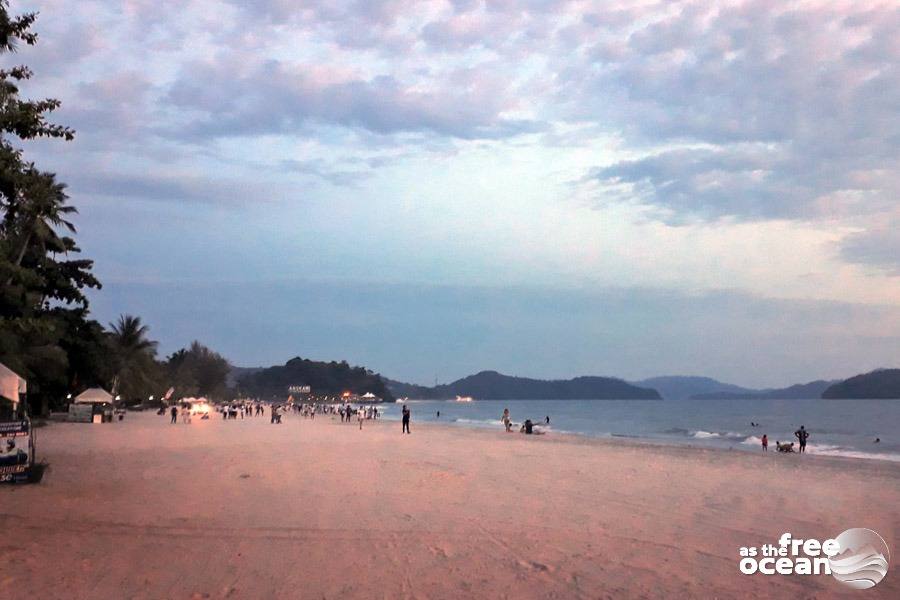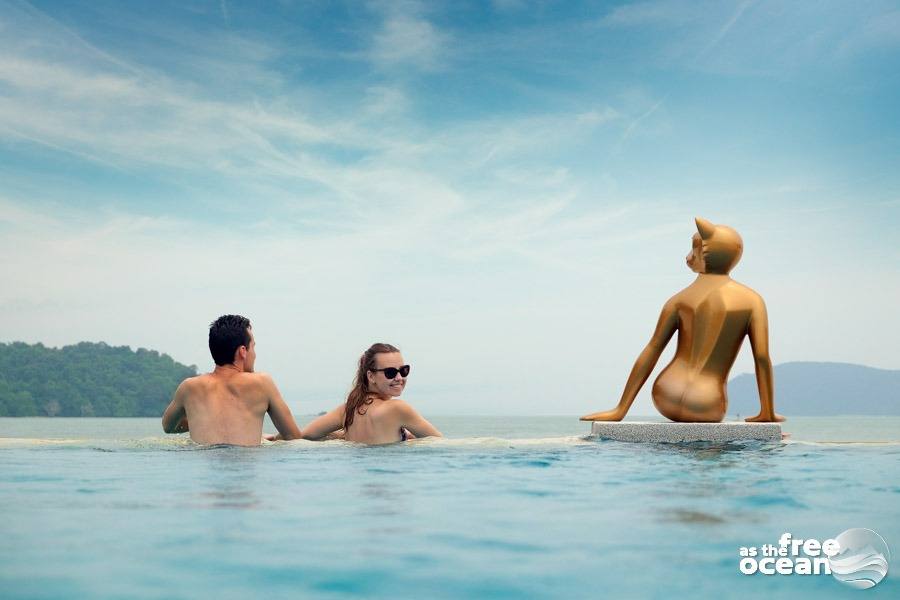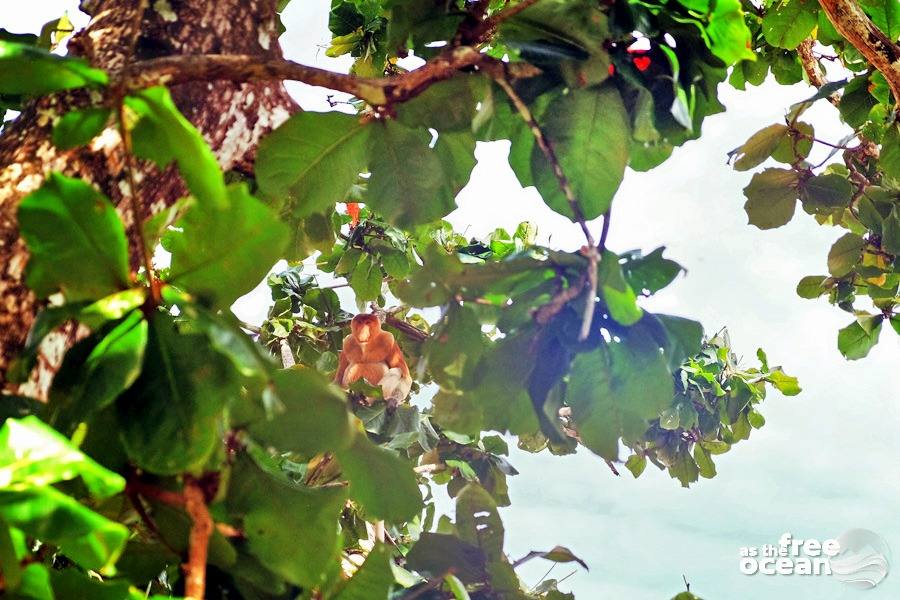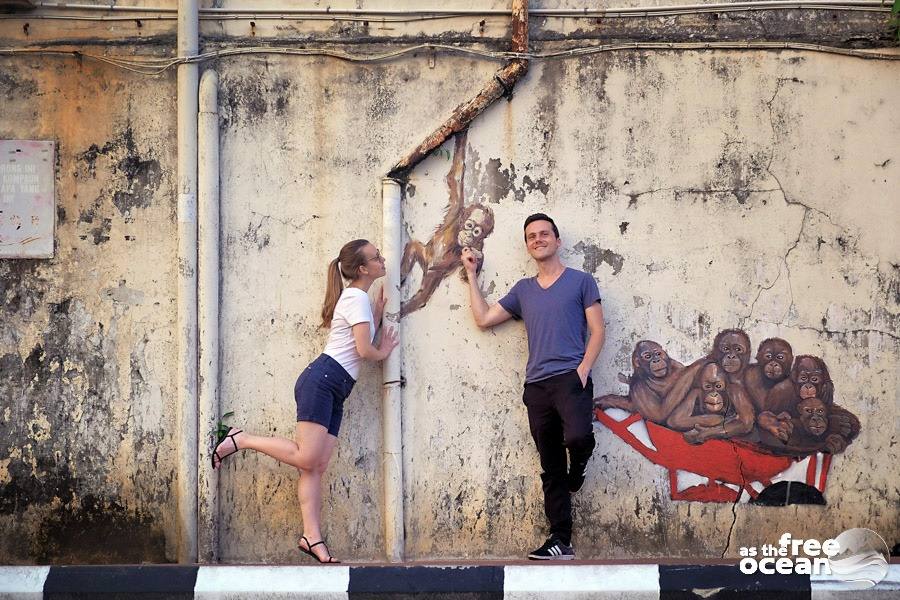Langkawi is a small island paradise on the northwest coast of Malaysia. With beautiful beaches, a large jungle area and incredible hikes, it offers a large range of activities that can probably satisfy any traveler. But, while possibilities were many, time wasn’t enough for us to explore everything that the island had to offer.
It was the last week of our time in Malaysia, which we dedicated to exploring some of the smaller islands of the country. It was still Ramadan time and tourists in the area were few, which allowed us to enjoy more space for ourselves on the beach and in the beautiful jungle that was covering the high hills of the island.
Despite being off-season, local entertainers were available at all times to offer their services to visitors. Water sports seemed to be the most popular and, apart from the well-known ones, one the best was the tour around the smaller islands near the coast, home to a rich mangrove forest.
But we had different plans and skipped the water sports and decided to visit the waterfalls in the jungle. The closest to our location was the Seven Wells Waterfall that had plenty of water eyes resembling natural Jacuzzis, which were perfect spots to cool down after a walk under the hot sun.
The waterfall was just the first stop on a hiking route that was leading to the top of the mountain. We did not plan to go hiking and neither were we properly equipped for it but still spontaneously decided to walk to the top. And if you ever find yourself in the same place unprepared, trying to make a decision, we can only advise you not to go for the hike. We found out only one hour later how difficult the path is, perhaps very dangerous in bad weather conditions. The first part of the two hours hike is beautiful and easy, but the rest requires climbing rocks and holding yourself on ropes and tree branches. The closer you get to the peak the more difficult it feels.
The view from the top was indeed beautiful, but we enjoyed it less seeing how our water reserve reached the bottom of the bottle and feeling the sun above us burning like crazy. So we didn’t lose much time up there and climbed down the mountain, stopping in between for a second time at the waterfall to freshen up.
Sun, beach and Indian food
The beach felt nice and we imagined it much more crowded during the season, so we enjoyed being there during the Ramadan. The sea was calm, there were plenty of bars at the beachfront offering good coffee with a beautiful view and restaurants where we went for candlelight dinner during our two evenings on the island. There was a large offering of Asian food. Our favorites were the Indian restaurants, where we always knew that we can find something we like.

We also went for one of the infinity pools at one of the resorts in the area, which was open also for outside guests and where it was only required to consume something from the bar in order to use the facilities. It felt like a perfect place to enjoy a refreshing drink under the warm sun at the pool.

At the end of the three days, we found ourselves again at the airport for the flight to the island of Penang, where we were planning to explore Georgetown.
Read more about it here.


